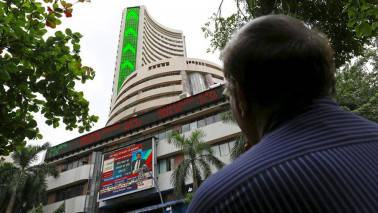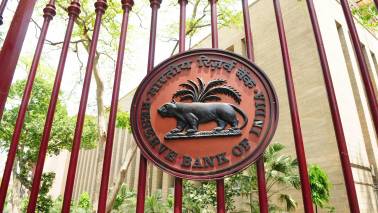The primary factor for the high concentration of particulate matter is the crop burning in adjoining states, especially in Punjab and Haryana.
The national capital Delhi woke up on Wednesday but could neither breathe nor see 10 metres ahead, due to dense smog. After Tuesday's harmful pollution levels, the air quality of the city was measured as 'hazardous' for the second day. The pollutants in the air crossed the permissible standards by multiple times.
As of 8 am on Wednesday, all stations run by the Central Pollution Control Board (CPCB) reported the air quality not suitable to breathe for long hours.
The RK Puram station reported one of the worst air quality in Delhi with air quality index (AQI) reading 657, according to aqicn.org which tracks the data released by CPCB and Delhi Pollution Control Committee (DPCC).

Source: aqicn.org
PM2.5 and PM10 were primary pollutants in the air. According to DPCC, the Mother Dairy plant in Patparganj reported the concentration of PM10 at 1271 microgram per cubic metre against the permissible limit of 100 micrograms per cubic metre. Similarly, the PM2.5 level was also nearly 12 times the permissible limit at 709 micrograms per cubic metre. The Anand Vihar station recorded PM2.5 at 835 micrograms per cubic metre, 14 times the permissible limit.
Also Read: Delhi air quality recorded at 'hazardous' levels - the worst that can be measured
PM2.5 values indicate the number of particles present in the atmosphere which are less than 2.5 microns. These particles can penetrate our body’s natural security mechanism and can be inhaled deep into lungs, sometimes even reaching our blood. They can cause heart attacks, strokes, lung cancer and respiratory diseases, and are known to pose the greatest risk to human health. According to the World Health Organisation (WHO) measurement of PM2.5 is the best indicator of the level of health risks from air pollution.
On the other hand, extended exposure to high concentrations of PM10 can result in a number of health impacts ranging from coughing and wheezing to asthma attacks and bronchitis to high blood pressure, heart attack, strokes and premature death.

Smog in Delhi, near Akshardham. Pollution is one of the biggest killers in Inda, taking the lives of 25 lakh people every year. Picture: Reuters
Earlier, The Indian Medical Association said the capital was witnessing a "public health emergency" and appealed to the government to stop outdoor sports and other such activities in schools to protect the health of children.
The primary factor for the high concentration of particulate matter is the crop burning in adjoining state, especially in Punjab and Haryana. Delhi Chief Minister Arvind Kejriwal termed Delhi a gas chamber on Tuesday. "Delhi has become a gas chamber. Every year this happens during this part of the year. We have to find a solution to crop burning in adjoining states," Kejriwal said.
The Delhi government also shut schools for one day as a precaution and asked the authorities to stop the entry of trucks in case the air quality reaches an ‘emergency’ level. The Delhi government also said that they were ready to implement odd-even rule in the city.
However, no such measures have been announced by the authorities in the neighbouring cities of Noida and Gurugram, where air quality is even worse than Delhi.
Other cities in Northern India, the air quality was slightly better but far from healthy. The PM2.5 level in Lucknow was recorded at 349 micrograms per cubic metre against the permissible limit of 60 micrograms per cubic metre. Similarly, for Agra, this level was 401 microgram per cubic metre, for Gaya it was 228 microgram per cubic metre.














